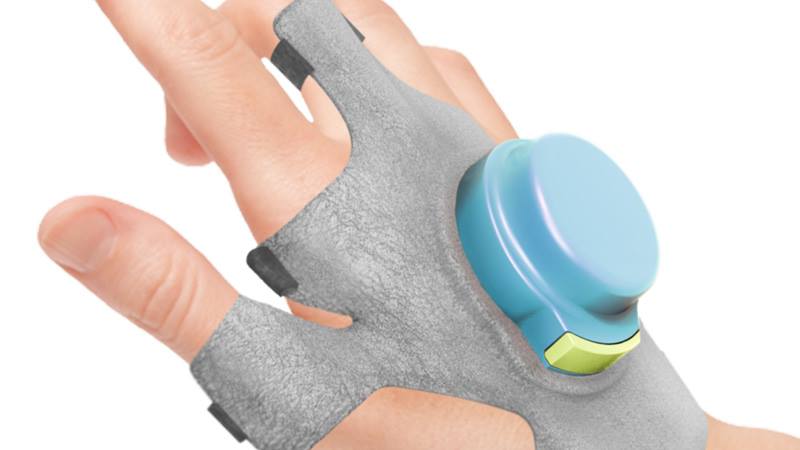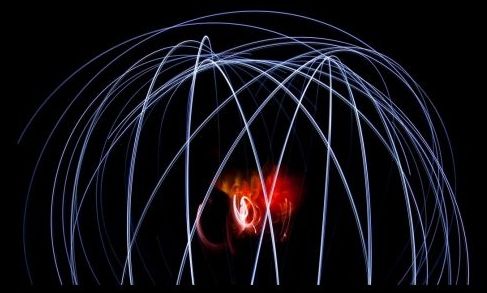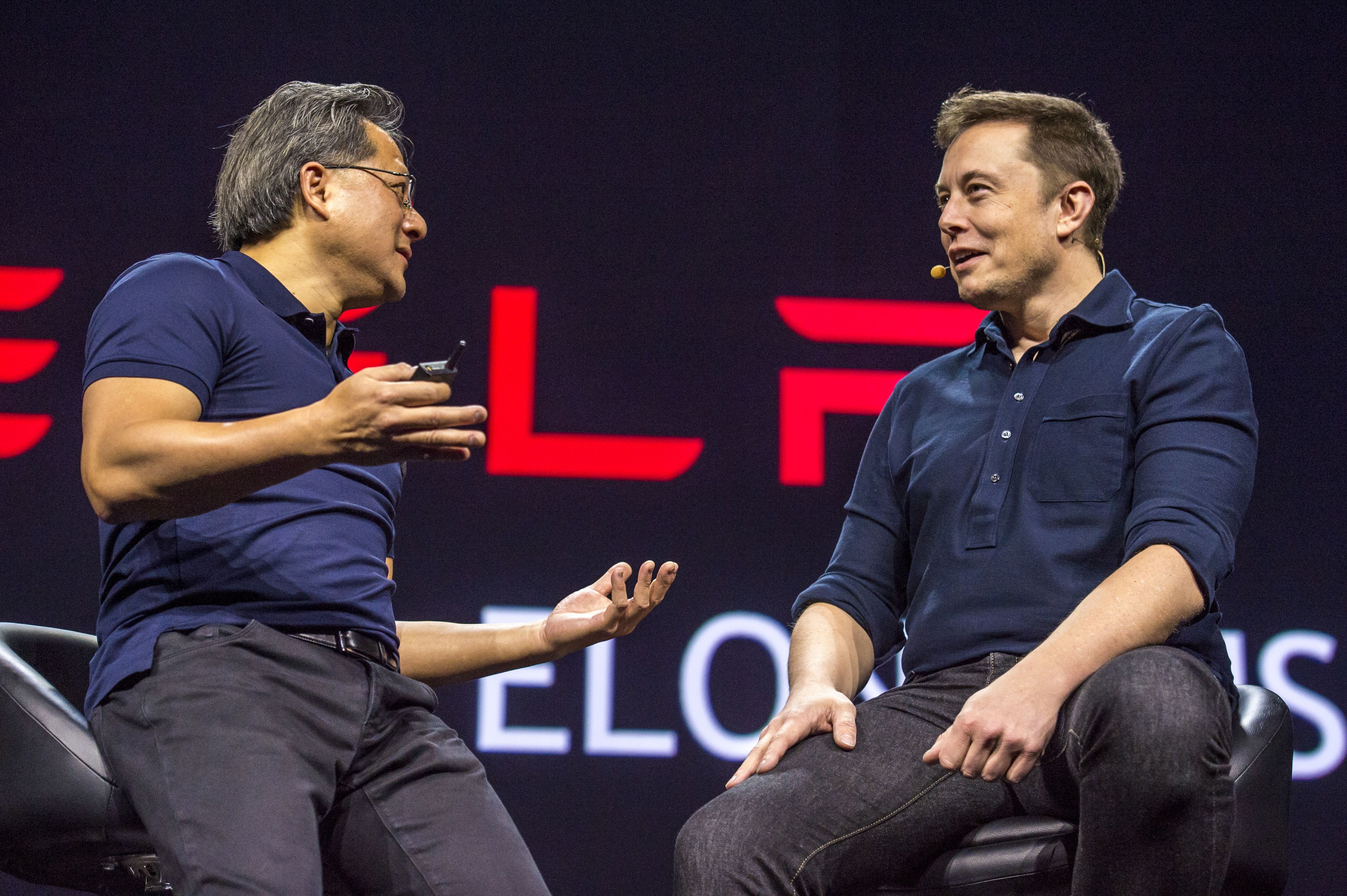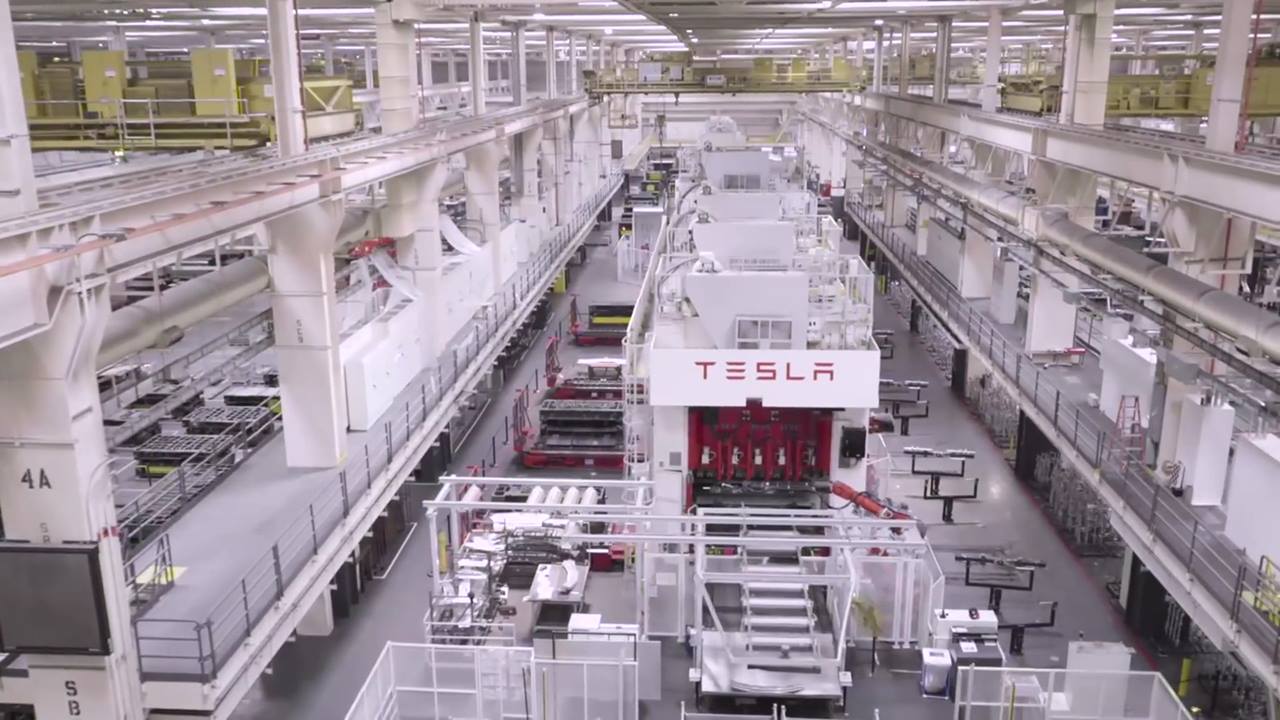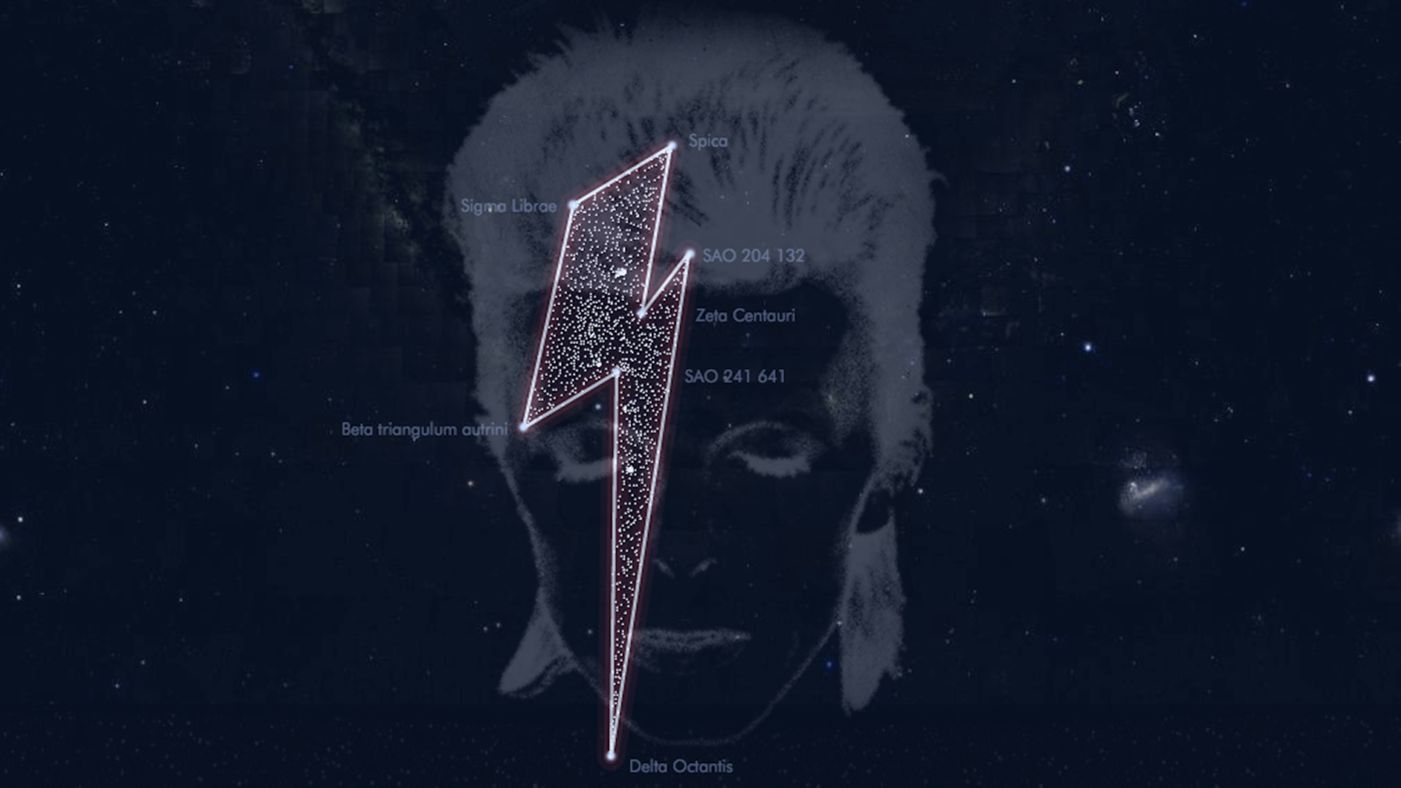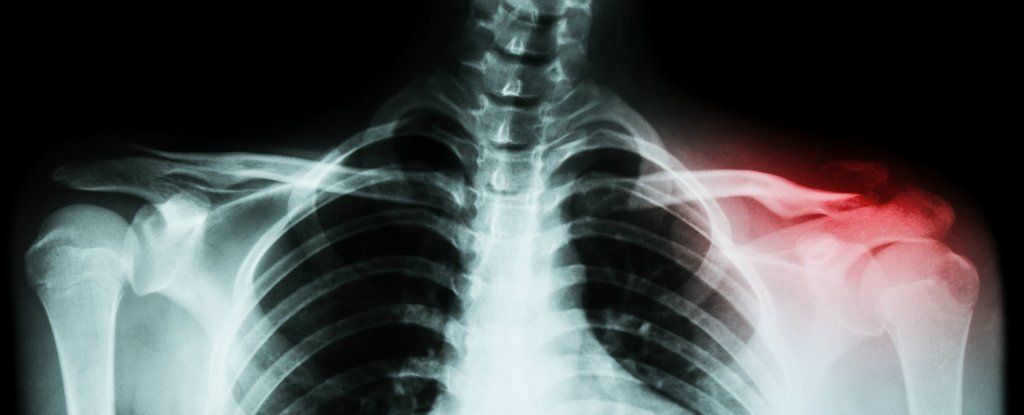Page 11526
Jan 17, 2016
How the GyroGlove Steadies Hands of Parkinson’s Patients
Posted by Bryan Gatton in categories: biotech/medical, wearables
A wearable device promises to help steady hand tremors by using an old technology—gyroscopes.
Official website of Boeing’s centennial, featuring story-sharing, historical videos, a traveling exhibit, educational resources, merchandise and more.
Jan 17, 2016
Virgin births: Do we need sex to reproduce?
Posted by Matthew Holt in categories: genetics, sex
The article states that European royal houses are all closely related. Well in humanities history it’s thought that over 80% of all marriages were between second cousins or closer. While until the industrial revolution the nobility would have been the only demographic who could travel further than as far as you can walk from your home and back in a day. So until the industrial revolution the nobility were probably the most genetically diverse demographic.
‘Virgin births’ happen in nature more than we thought, says Frank Swain, so what’s stopping human beings from doing the same?
Jan 17, 2016
Microsoft’s HoloLens will be ‘totally wireless’ with up to 5.5 hours of battery life
Posted by Shailesh Prasad in categories: augmented reality, energy, internet

https://youtube.com/watch?v=vXu5toPPqVE
Microsoft technical evangelist Bruce Harris has unveiled new details for Microsoft’s augmented reality headset, HoloLens. At an event in Tel Aviv, Harris was recorded (via Petri) saying that that any universal Windows 10 app will run natively on the device, as we’ve already heard, and that developers will naturally need to create 3D apps to realize the HoloLens’ full potential.
But Harris also talked about how the device features Bluetooth and Wi-Fi, describing it as “totally wireless.” In fact, he said a wired version of the HoloLens would not be available.
Jan 17, 2016
New Quantum Record: Ball of Atoms Ends up in Two Spots at Once
Posted by Shailesh Prasad in categories: computing, particle physics, quantum physics
Researchers have demonstrated the effects of superposition on the scale of everyday objects.
Of the weird implications of quantum mechanics, superposition may be the hardest for humans to wrap their minds around. In principle, superposition means that the same object can exist in more than one place at the same time.
Ordinarily, superposition is only relevant on the microscopic scale of subatomic particles. Effects on this scale are the key to some possibly groundbreaking technologies, like quantum computing. No one has ever demonstrated quantum effects on the scale of Schrödinger’s cat –the mythical unobserved cat in a box that is both alive and dead at the same time.
Jan 17, 2016
AI Goes Mainstream
Posted by Shailesh Prasad in categories: computing, neuroscience, robotics/AI, transportation
It’s leading to a different way of thinking about computing.
This year’s Detroit auto show is proving that autonomous driving is no longer a techie’s pipe dream. Even holdout Akio Toyoda has finally joined the parade. The self-driving car is coming.
But behind that development is an even more profound change: artificial intelligence (also known as “deep learning”) has gone mainstream. The autonomous driving craze is just the most visible manifestation of the fact that computers now have the capacity to look, learn and react to complex situations as well or better than humans. It’s leading to a profoundly different way of thinking about computing. Instead of writing millions of lines of code to anticipate every situation, these new applications ingest vast amounts of data, recognize patterns, and “learn” from them, much as the human brain does.
Jan 16, 2016
90 Second Tour Around The Tesla Factory
Posted by Shailesh Prasad in categories: sustainability, transportation
Jan 16, 2016
Belgian Astronomers Pay Tribute to David Bowie With New Constellation
Posted by Shailesh Prasad in category: space
Belgian astronomers have paid tribute to David Bowie with a constellation of seven stars that form the ‘Aladdin Sane’ lightning bolt.
Jan 16, 2016
Your bones could soon heal a whole lot better thanks to polymer nanoshells
Posted by Shailesh Prasad in categories: biotech/medical, cyborgs, transhumanism
Might we one day have bionic body parts able to ward off disease and injury and even heal themselves? Today it’s still the stuff of sci-fi movies, but there are regular breakthroughs in the field of medical science that suggest that such a future might one day be possible – one example is a new nanoshell treatment from a team working at the University of Michigan in the US and reported in Gizmag.
Instead of using foreign cells or molecules to patch up and regrow damaged bone tissue, the new technique uses polymer nanoshells – microscopic capsules inside the body – to deliver microRNA molecules right to the site of an injury. Once the shells begin to break down, the microRNA molecules are released and instruct the surrounding cells to ‘switch on’ their natural bone-building and healing mechanisms. It’s a bit like a site manager arriving on the scene of a broken-down development and telling his construction workers to get busy with the rebuilding process.
There are a couple of key advantages to this new technique. One, the shell is designed to degrade slowly, leading to a gradual release of the microRNA molecules and thus ongoing restorative treatment that can last for a month or more. Second, the process uses the body’s own cells rather than introducing foreign healing agents – an approach that can sometimes cause cell rejection or even tumours associated with the injury.

